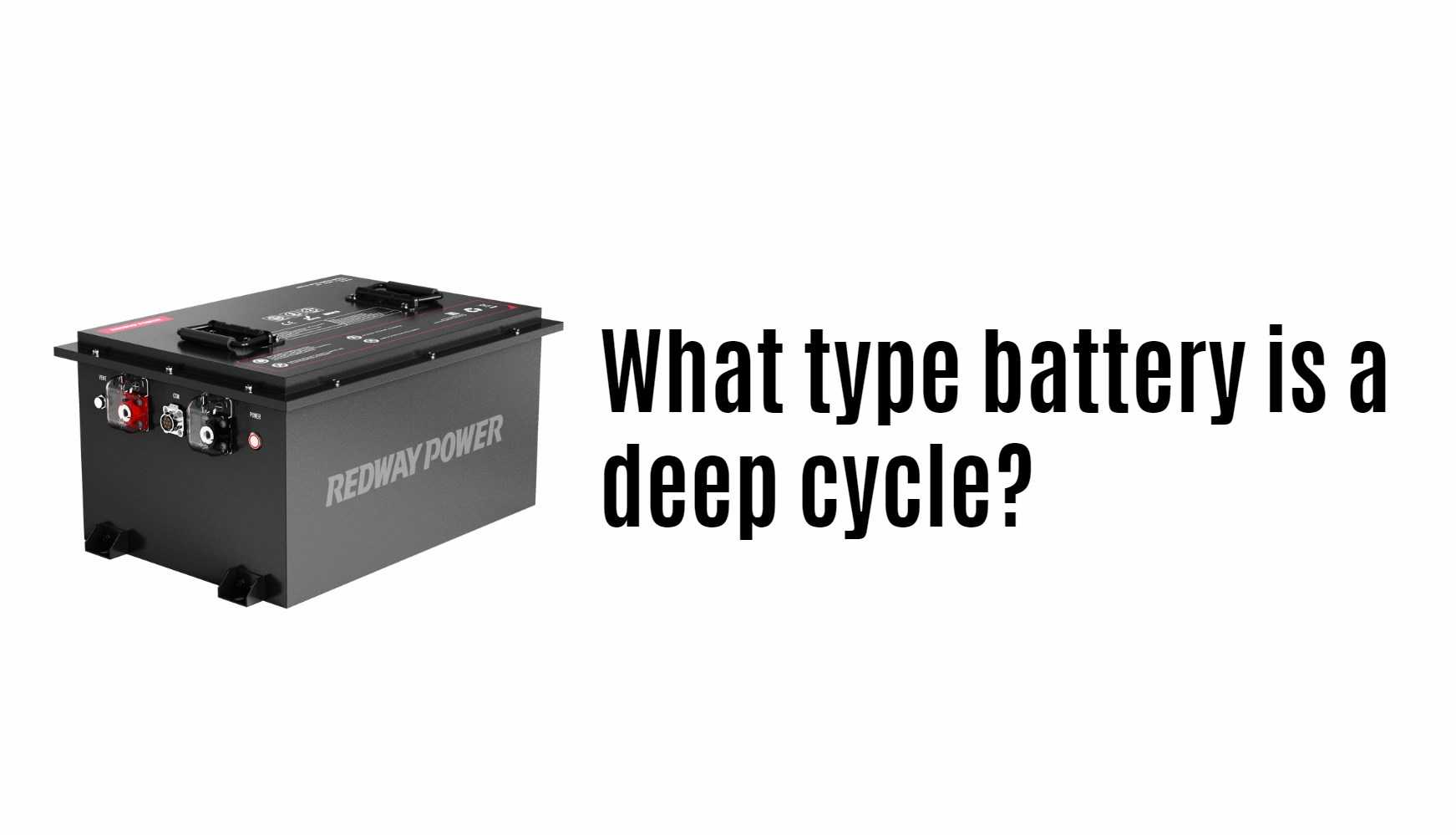Is It Feasible to Substitute a Lithium Battery for a Deep Cycle Battery?
Yes, it is feasible to substitute a lithium battery for a deep cycle battery. Lithium batteries, particularly LiFePO4 (Lithium Iron Phosphate), offer advantages such as higher energy density, longer lifespan, and greater depth of discharge compared to traditional lead-acid deep cycle batteries. This makes them an excellent choice for applications requiring reliable and efficient power.
Understanding Lithium Batteries in Deep Cycle Applications
Lithium batteries have revolutionized the energy storage landscape, especially in deep cycle applications. They are designed to provide sustained power over extended periods, making them suitable for various uses, including recreational vehicles (RVs), solar energy systems, and marine applications. The unique properties of lithium batteries allow them to outperform traditional lead-acid batteries in numerous ways.
Advantages of Lithium Batteries Over Traditional Deep Cycle Batteries
- Higher Energy Density:
- Lithium batteries have a higher energy density than lead-acid batteries, meaning they can store more energy in a smaller and lighter package. This is particularly beneficial for applications where space and weight are critical.
- Longer Lifespan:
- With a lifespan of 2000 to 3000 cycles, lithium batteries significantly outlast lead-acid options, which typically last between 300 to 400 cycles. This longevity translates into lower replacement costs over time.
- Greater Depth of Discharge (DoD):
- Lithium batteries can be discharged up to 80-90% of their capacity without damage, while lead-acid batteries should generally not be discharged below 50% to avoid reducing their lifespan.
- Faster Charging:
- Lithium batteries can be charged much more quickly than lead-acid batteries. This rapid charging capability minimizes downtime and enhances overall system efficiency.
- Consistent Power Output:
- Unlike lead-acid batteries that experience voltage drops as they discharge, lithium batteries maintain a stable voltage throughout their discharge cycle, ensuring reliable power delivery.
Applications of Lithium Deep Cycle Batteries
Lithium deep cycle batteries are versatile and can be used in various applications:
- Recreational Vehicles (RVs): They provide reliable power for appliances, lighting, and other systems while off-grid.
- Solar Energy Systems: Ideal for storing energy generated from solar panels, ensuring power availability even when the sun isn’t shining.
- Marine Use: Perfect for powering trolling motors and onboard electronics in boats.
- Electric Vehicles (EVs): Essential for providing energy to electric motors and supporting regenerative braking systems.
- Backup Power Systems: Offering reliable energy storage for homes and businesses during outages.
Latest News
- The demand for lithium-ion deep cycle batteries is surging as more consumers adopt renewable energy solutions.
- Recent technological advancements are improving the safety features of lithium batteries, making them even more appealing for deep cycle applications.
- Major manufacturers are investing heavily in research to enhance the efficiency and lifespan of lithium battery systems.
- New regulations are encouraging the adoption of environmentally friendly energy storage solutions, including lithium technologies.
Redway Expert Comment“In our extensive experience at Redway Battery, we find that substituting lithium batteries for traditional deep cycle options is not only feasible but also advantageous. The benefits of lithium technology—such as higher efficiency, longer lifespan, and reduced weight—make it an ideal choice for modern energy needs. As we continue to innovate in this field, we encourage users to consider lithium solutions for their deep cycle applications.”
Factors to Consider When Substituting Lithium Batteries
When considering the substitution of lithium batteries for deep cycle applications, several factors should be taken into account:
- Compatibility with Existing Systems: Ensure that your current charging system is compatible with lithium technology. Some older systems may require upgrades or modifications.
- Cost Considerations: While lithium batteries typically have a higher upfront cost compared to lead-acid options, their longer lifespan and reduced maintenance needs often result in lower total ownership costs over time.
- Battery Management System (BMS): A robust BMS is essential for monitoring battery health and ensuring safe operation by preventing overcharging or excessive discharging.
- Temperature Sensitivity: Lithium batteries perform best within specific temperature ranges; understanding these limits is crucial for optimal performance.
- Installation Requirements: Professional installation may be necessary if you are unfamiliar with electrical systems to ensure safety and efficiency.
Conclusion
In conclusion, substituting a lithium battery for a traditional deep cycle battery is not only feasible but also highly beneficial. With advantages such as increased energy density, longer lifespan, faster charging capabilities, and greater depth of discharge, lithium batteries represent the future of energy storage solutions across various applications. As technology continues to evolve, we anticipate further enhancements in performance and safety that will solidify the role of lithium batteries in deep cycle applications.


